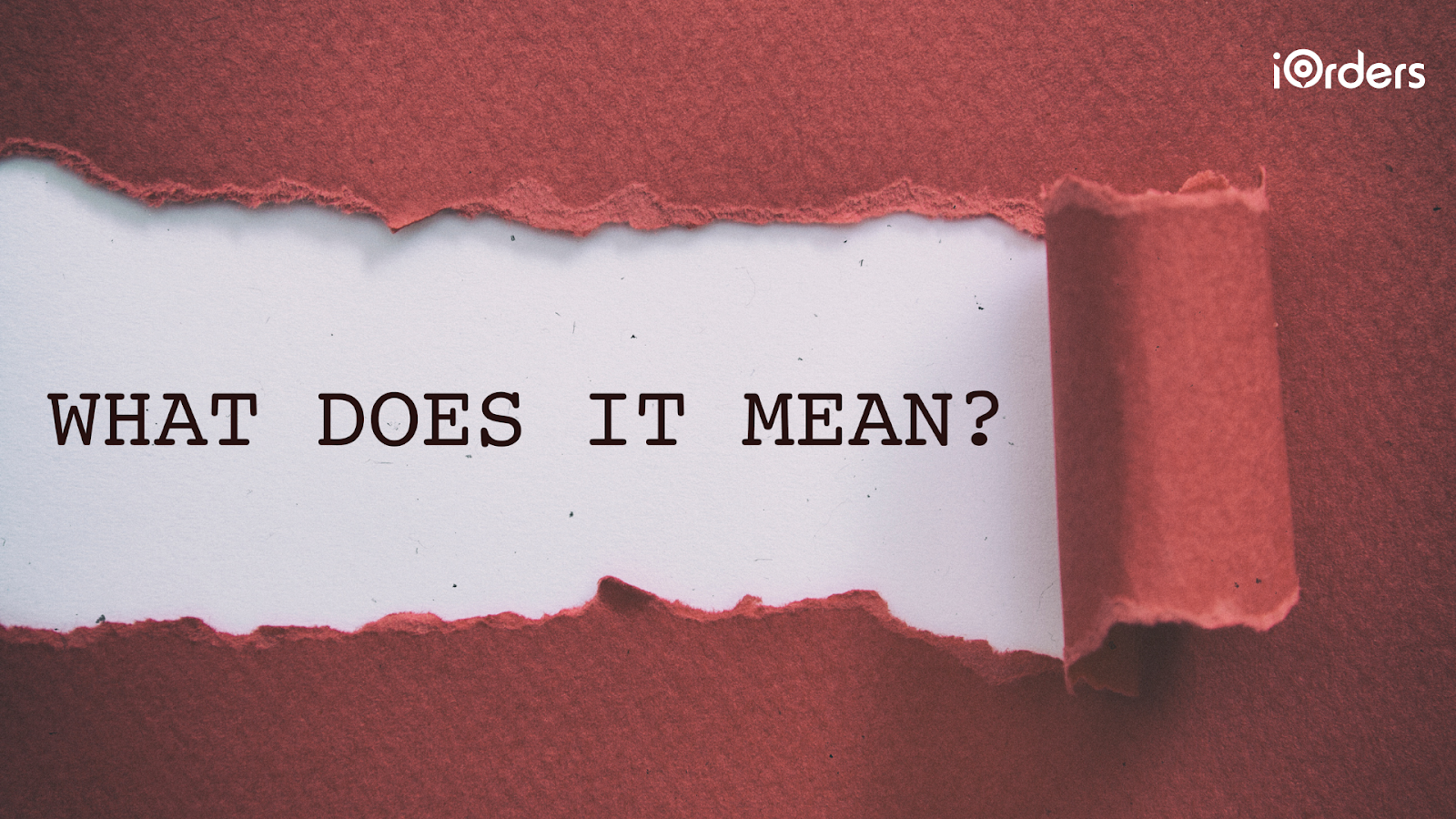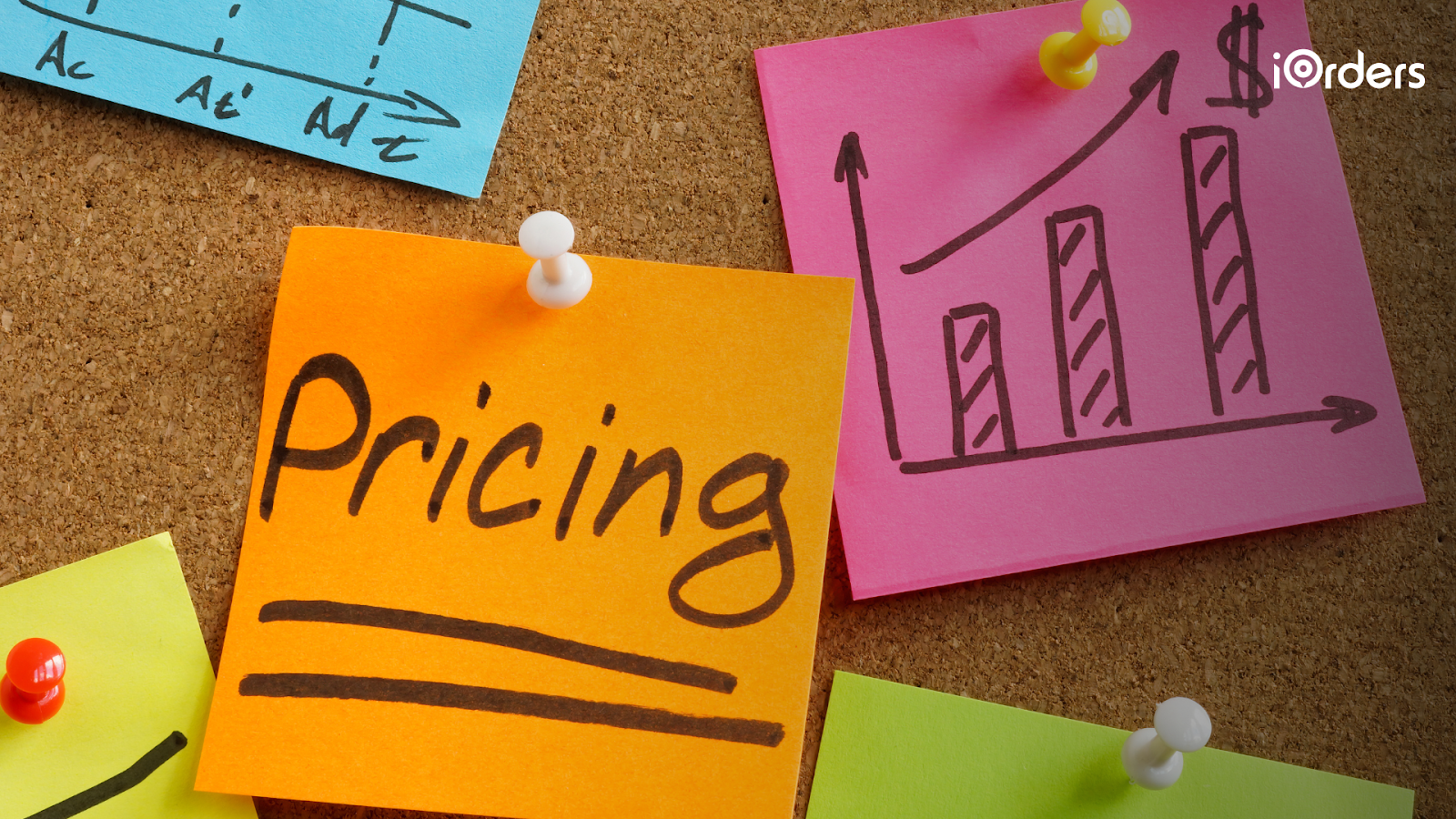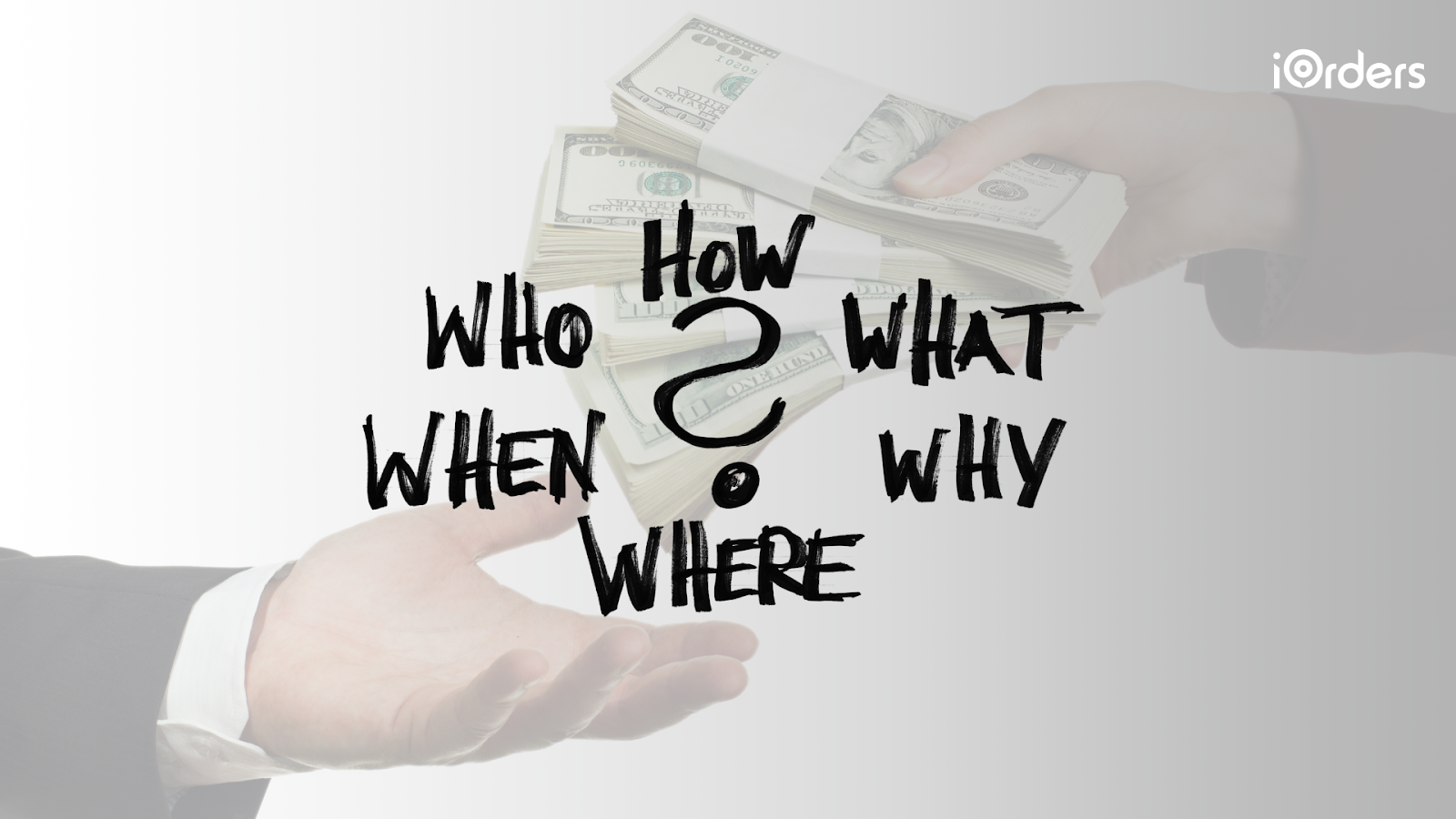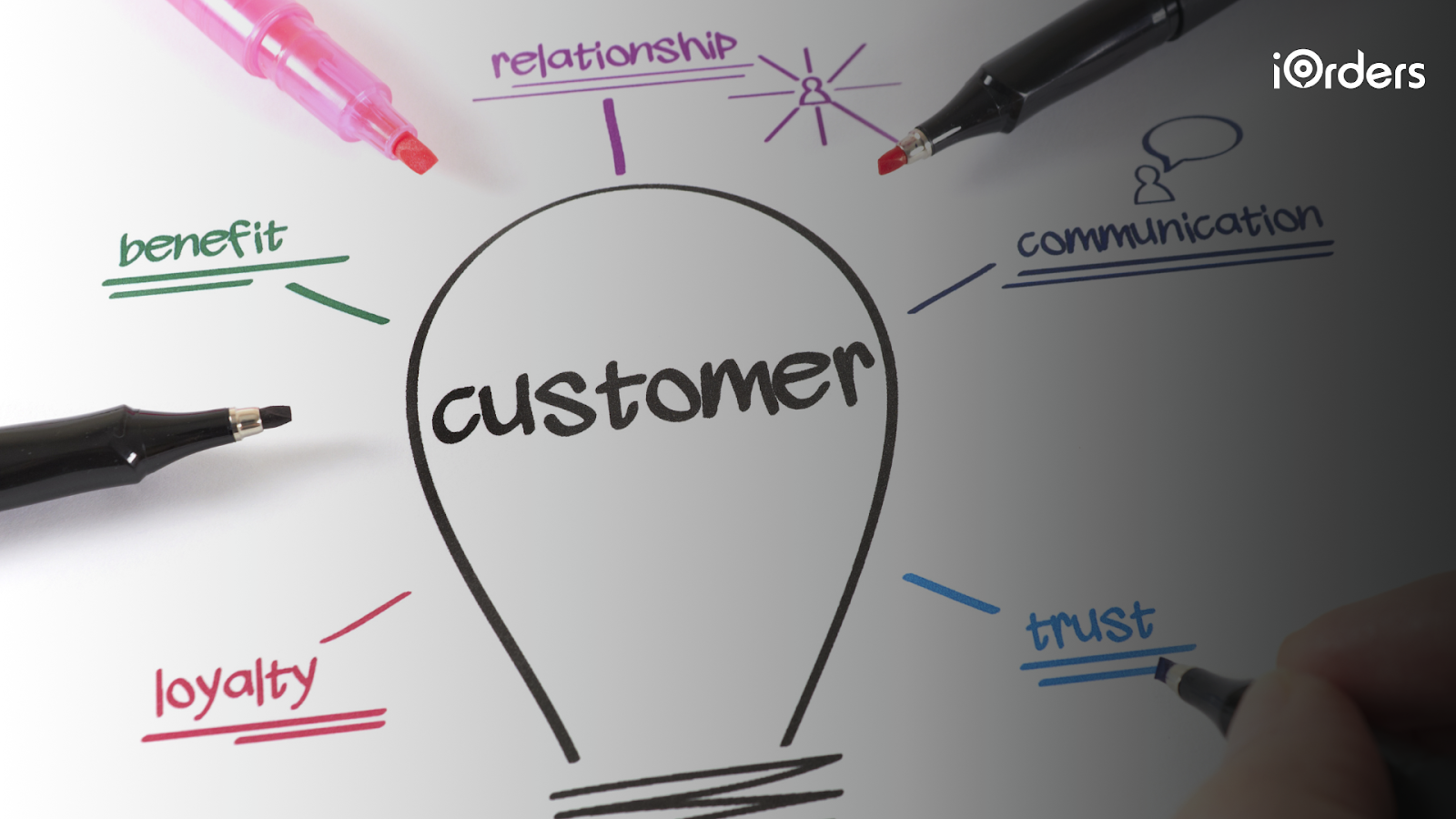June 11, 2025

Is Uber Eats actually helping your restaurant’s bottom line, or just adding another fee to your books?
If you’ve ever wondered how your restaurant is really getting paid on Uber Eats, or if you’re paying more than you should, you’re not alone. Many owners sign up, start fulfilling orders, and only begin questioning later how the dollars flow.
Let’s clear that up.
Understanding Uber Eats restaurant payment isn’t just about reading fine print. It’s about knowing what you're paying for, when you'll get paid, and how to make the numbers work better for your business.
Here’s why that matters:
According to a 2022 Uber Eats report, in Canada, 85% of restaurant partners say Uber Eats has helped grow their revenue, on average by over 13%. And 80% believe their business is more profitable with Uber Eats than without it.
Even more telling? 86% of Canadian partners say the platform helped them reach new customers they couldn’t access otherwise.
So yes, Uber Eats can work in your favour if you understand how the payment model fits your restaurant’s goals.
This blog will walk you through exactly that.

The term Uber Eats restaurant payment refers to more than just receiving funds after an order. It includes the full process of how your restaurant’s earnings are calculated, adjusted, and finally deposited into your account.
Here’s what’s involved:
It’s not a single transaction, but a system that includes fixed percentages, eligibility criteria, and built-in tools that affect what you take home.
Getting familiar with the basics isn’t just helpful, but essential. Once you understand how the payment structure works, you’ll be better equipped to spot gaps, optimize your returns, and avoid surprises when your payout report arrives.
Let’s look at the different pricing options available next, because that’s where the real decisions begin.

Not every restaurant needs the same level of support from Uber Eats. That’s why there isn’t a one-size-fits-all pricing model. Instead, there are four distinct pricing plans under Uber Eats Marketplace, each designed to suit different goals, budgets, and levels of customer reach.
Here’s how they stack up:
Each plan changes what you pay—but more importantly, it shapes how customers discover you and what benefits you can tap into.

Choosing a plan is just step one. Understanding exactly what you’re paying for is where things get real. Every percentage point affects your margins, and if you’re not sure what’s behind the numbers, you could be losing money without knowing it.
Here’s how the core fees break down:
1. Delivery Fee (Paid by You)
2. Pickup Fee (Paid by You)
3. Optional Add-ons
4. Customer Delivery Fee (Paid by Customers)
Cut out costly commissions with iOrders’ commission-free online ordering platform. No third-party fees, just direct growth for your restaurant. Join iOrders now!
Uber Eats' pricing isn’t random but tied directly to the service level you choose, and knowing what’s included can help you make smarter decisions month to month.

Fees aside, cash flow is what matters most. Knowing when your funds hit the account is key to managing expenses, covering payroll, or ordering inventory.
Here’s how the payment cycle works:
Uber Eats processes payouts weekly. You’ll usually receive deposits within a few business days.
Funds go directly into the bank account linked to your Uber Eats Manager dashboard. You can update that at any time.
You can track all past payouts, order earnings, deductions, and adjustments from your Uber Eats Manager account. These reports are updated in real-time.
If you don’t receive a payment on time, check for common issues, such as incorrect bank information or account holds due to order disputes or cancellations.

When you’re paying service fees on every order, it’s fair to ask what’s in it for your restaurant? Beyond delivery logistics, each plan offers extra tools and features that can support visibility, efficiency, and growth (if used wisely!)
Here’s what your fees may include:
Being listed on Uber Eats isn’t just about showing up. Higher-tier plans increase your presence on home screens, search results, and category listings. That extra exposure often means more eyes—and more orders.
Plus and Premium plans make your store visible to Uber One members, who typically spend more. These members get $0 delivery fees and discounts, making your listing more attractive without costing you extra.
If you spend on in-app promotions, Uber Eats will match up to $100 of your ad spend monthly. It’s a chance to test promotions without committing extra budget.
If you receive fewer than 20 orders in a month and meet certain performance requirements, you won’t pay delivery fees for that month. It’s a bit of a safety net while you ramp up.
All plans come with access to marketing tools and analytics via the Uber Eats Manager. You can track performance, monitor trends, and adjust your approach without needing a data analyst.
Need a better way? With iOrders’ delivery as a service, you keep 100% of your sales by delivering directly to customers with zero commission fees. Plus, managed marketing boosts your reach by personalizing offers and using your data to drive loyal repeat business. Book your free demo today!

Even seasoned restaurant owners run into payment surprises with Uber Eats. The issue isn’t always the platform, but how easily small details can be missed, which can cost you.
Here are the most common issues Canadian restaurants face:
Sometimes your payout is lower than expected. This could be due to chargebacks, cancelled orders, or fees tied to ad placements you didn’t track.
Premium users can get fee relief if they receive fewer than 20 orders, but only if uptime stays at 95% and order cancellations stay low. Miss either, and the relief is gone.
Running promotions can boost visibility, but without the right targeting, you may end up burning through credits without enough conversions.
Higher delivery fees under Lite plans can reduce conversion rates. If customers see a $6 delivery fee next to your listing and a competitor’s fee is $2, they may click away.
Bank account errors, dispute flags, or late-week transactions can delay your deposit by several days.
Ready to take control of your restaurant’s online orders and payments? Contact the iOrders team today to learn how our commission-free platform can boost your profits and simplify payment management.

Using Uber Eats doesn’t mean giving up control over your margins. With a few smart choices, you can stretch every dollar further, without cutting quality or overworking your kitchen.
Try these proven tactics:
Your volume may change with seasons or promotions. If your current plan no longer fits, switch. Sticking with the wrong plan too long is one of the most common profit leaks.
Pickup still gives you platform exposure, but with only a 10% fee. Train your staff for fast handoffs, and consider offering small incentives to push customers toward that option.
If you're on Premium, monitor which ads bring results. Instead of running general promotions, use location, cuisine tags, and timing to improve targeting.
Promote dishes with the best margins in your Uber Eats menu. Avoid listing everything and focus on meals that travel well and cost less to produce.
Stay online during high-volume times, such as evenings, weekends, and lunch hours. Missing peak windows means fewer orders, less visibility, and slower growth.

While Uber Eats can help you expand your reach, the reality is this: commission fees add up fast. Whether 20%, 25%, or 30%, these fees can quickly impact your profits. And over time, they can eat into profits that independent restaurants, ghost kitchens, and QSRs work hard to protect.
That’s where a direct ordering system can shift the equation.
Platforms like iOrders give restaurants a way to reduce their reliance on third-party marketplaces—without sacrificing online visibility or customer convenience. Think of it as building a second, commission-free revenue stream that you fully control.
Here’s what sets it apart:
Many restaurants use iOrders to run QR-code-based dine-in menus, manage delivery without third-party apps, or build loyalty programs tailored to returning customers. And because you own the customer data, it’s easier to build long-term relationships and repeat business.
iOrders is not about replacing Uber Eats. It’s about creating a healthy balance between third-party exposure and direct-to-customer profitability. If you’re aiming to improve margins while still scaling your online presence, tools like iOrders could be the missing piece in your digital strategy.
Uber Eats payments are tied to the plan you choose, the orders you fulfil, and the visibility you gain. While the platform can drive volume, commission fees often reduce what you actually keep.
That’s why many Canadian restaurants (300+) are turning to iOrders. With commission-free online ordering, branded websites, and AI-powered customer tools, iOrders lets you grow your business your way.
You get the reach of a digital platform, but without the margin loss.
If you're serious about keeping more of what you earn, it’s time to run your online ordering on your own terms.
Start with iOrders today and turn every order into a smarter, more profitable one.